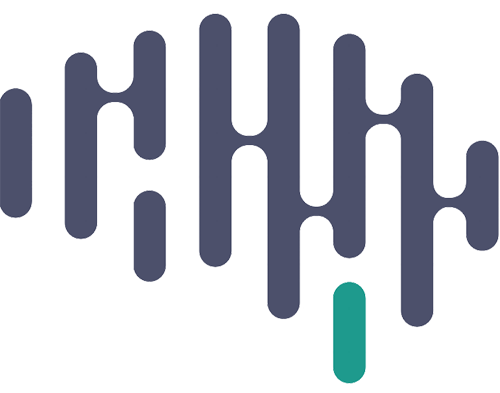Iowa Neural Data #
Iowa use neuralynx to record their data, however the filenames are different to ours.
The macro channels are saved with prefix “LFPx” and numbered 1 to N channels total.
The micro channels are saved with prefix “PDes” and numbered 1 to N channels total.
The macro channels are recorded at 2000 Hz, and the micros at 32000 kHz.
Iowa set InputInverted to False (whereas we set it to True).
Currently (Dec 2023) PDM cannot be used to unpack the data from Iowa. Chris Dao wrote a small extraction script for the PDes files (Soraya also has a copy) so ask them if you want to extract the micros.
Update: (June 24) Xin’s pipeline can now extract Iowa data.
Iowa send 2 tables for identifying probe targets:
- Connection Table (for macro localization)
- “NLX-LFPx channel” numbers corresponds to the channel number in the filenames

- PDes Table (for micros)
- “High impedance contact #” corresponds to numbers in filenames

There are also input channels “Inpt1” to “Inpt16”.
Input channels are recorded at ??? Hz.
The Bipolar 2± and 3± represent extra signals that Iowa often records. Per Joel Berger from Iowa: “we often record heart rate and other signals when we have the breathing belt or nasal respiration hooked up. With the breathing, we get it using EMG style leads, as well as sometimes with a belt and also a nasal respirator. For the leads, they’re simply bipolar referenced and reflect the rise and fall of the diaphragm. We have some pretty interesting data showing coupling between respiration and cortical signals in different regions.”
Inpt3-16 are empty (I think)
*info recieved from Iowa 2023-12-19
There are also CSC files (which are referred to on the PDes table)- what are these??
Iowa Audio Data #
Iowa record 2 separate audio channels at 32kHz
Inpt1* = typically room mic, placed close to the subject, use this to hear people speaking
Inpt2* = either audio stimulus from the computer (recorded directly), or just blank and unnecessarily recorded (we use input2 for aligning the movie audio)
Example NLX audio header from Iowa:

